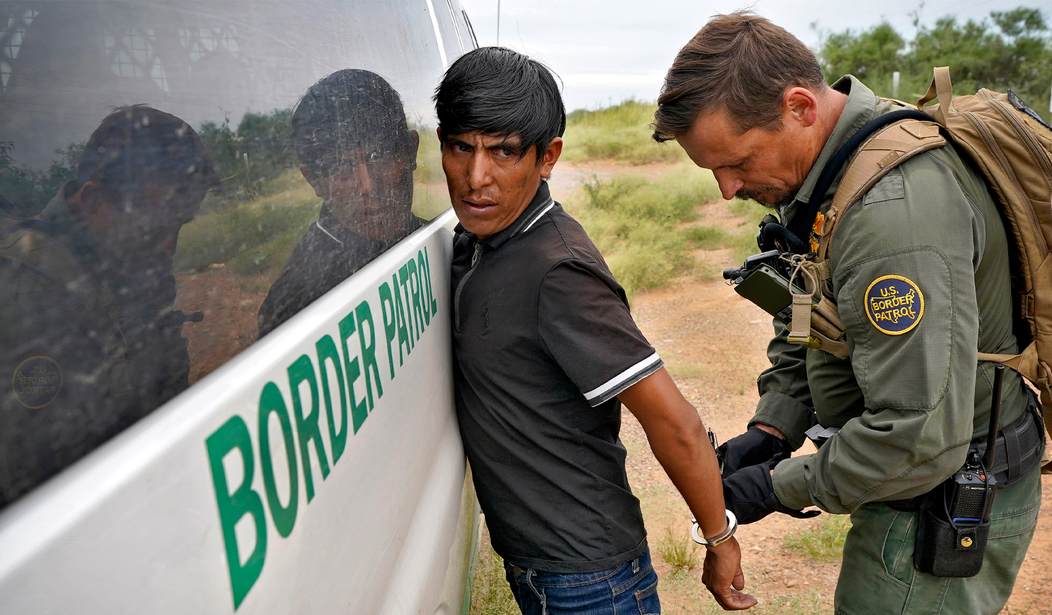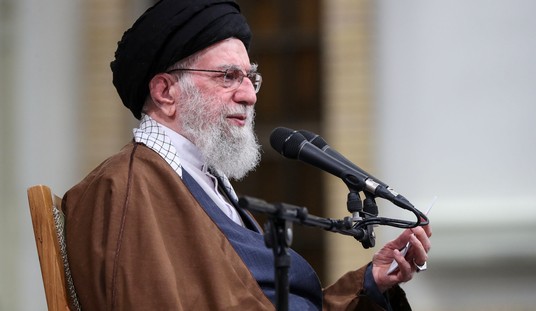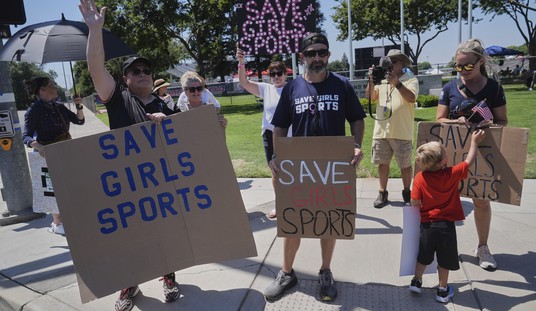One of the problems produced by the flood of illegal immigrants crossing the southern border is human trafficking. Border Patrol agents routinely stop vehicles suspected of human trafficking. Often the potential stops turn into high-speed car chases as the drivers try to flee law enforcement. It happened Saturday in Rio Bravo, Texas.
Rio Bravo is sixteen miles south of Laredo. It is just across the Rio Grande River from Mexico. Human trafficking and drug trafficking are part of the humanitarian crisis at the southern border.
The car chase ended in a crash around 3 a.m. that caused the death of two people and injured five others. Border Patrol agents tried to conduct a traffic stop on a vehicle carrying seven people.
Rio Bravo Fire Chief Juan Gonzalez told the Loredo Morning Times that the pursuit ended when the car collided with a fence then slammed into a light pole, cutting the vehicle in half.
“The car then ejected six people, which left four critically injured, one just being injured and two casualties,” Gonzalez said.
This deadly crash didn’t happen in a remote area, it happened in one of the city’s busiest street intersections. There has been no confirmation if the vehicle was coming from the Rio Grande area or going in that direction when the chase ensued. Border Patrol issued a statement Saturday morning.
“On Feb. 25, at approximately 3:40 a.m., U.S. Border Patrol agents were involved in a failure to yield incident near Rio Bravo, Texas that resulted in a single vehicle crash with multiple fatalities and injuries. The incident is under investigation by Webb County Sheriff’s Office and under review by U.S. Customs and Border Protection’s Office of Professional Responsibility and Immigration and Enforcement’s Homeland Security Investigations. The Department of Homeland Security’s Office of Inspector General was notified.”
In January U.S. Customs and Border Protection (CBP) updated its pursuit policy for suspected human smugglers. There was criticism that the practices put the lives of law enforcement and civilians at risk. Civil rights groups were pleased about changes being made but critics are reserving final judgment until the changes go into effect in May.
“These chases occurred indiscriminately and endangered not only people in the other vehicles but the public as well.” ACLU of Texas attorney Bernardo Rafael Cruz said in a statement Friday. “We welcome a revised CBP vehicle pursuit policy but will continue to review its implementation and seek accountability for any actions by Border Patrol agents that harm our communities.”
That is how the progressive left thinks – Border Patrol agents trying to secure the border and protect Americans are “harming our communities.” They don’t blame the human smugglers or the cartels that seek to control the southern border, but the Border Patrol agents. The Biden border crisis creates a public safety concern for motorists when Border Patrol agents attempt to stop suspected human smugglers and they flee. These chases are becoming standard practice along the border. The pursuits don’t just involve Border Patrol agents but also state and local police.
The flood of illegal immigrants crossing the southern border continues to grow each month, as does the number of prosecutions for human smuggling. There has been an 84% increase in human smuggling from 2011 to 2020, according to the Bureau of Justice Statistics. Vehicle pursuits put whole communities at risk. Some counties have their own policies.
CBP is just one of the agencies that frequently engages in smuggling-related pursuits. Other departments, such as the Kinney County Sheriff’s Office in Texas, have their own policies.
Even within those guidelines, Kinney County Sheriff Brad Coe said his deputies typically make decisions about pursuits in the moment, and on a case-by-case basis. His office is not the subject of the ACLU’s criticism of pursuits at the border.
“Who’s initiating the pursuit?” Coe said of the hypothetical questions deputies may run through while deciding whether or not to chase a suspect vehicle. “The vehicle that the deputy is driving at that time — is it a sound vehicle? Can it handle the stress? If (the other vehicle) is a pickup, for example — do we see bodies in the back of the truck? There’s a whole lot of mitigating factors.”
According to the Texas sheriff, nearly all of Kinney County’s pursuits are related to human smuggling. That means his deputies must also consider whether a driver they’re pursuing might be transporting unauthorized migrants and what risks that might pose to everyone involved.
In other words, law enforcement officers have to quickly assess if the risks posed by car chases, potentially high-speed chases, are worth it to pursue a potential human smuggler. Some agencies have discretionary policies. The International Association of Chiefs of Police Law Enforcement Policy Center provides a list of acceptable interventions to end a car chase. These include roadblocks, spike strips or deliberately striking the other vehicle to make the driver stop. The new policy that takes effect in May bans the use of a PIT (precision immobilization technique) maneuver. It causes the vehicle to abruptly turn 180 degrees, causing the vehicle to stall ad stop.
Meanwhile, the Texas ACLU applauded CPB for the ban.








Join the conversation as a VIP Member